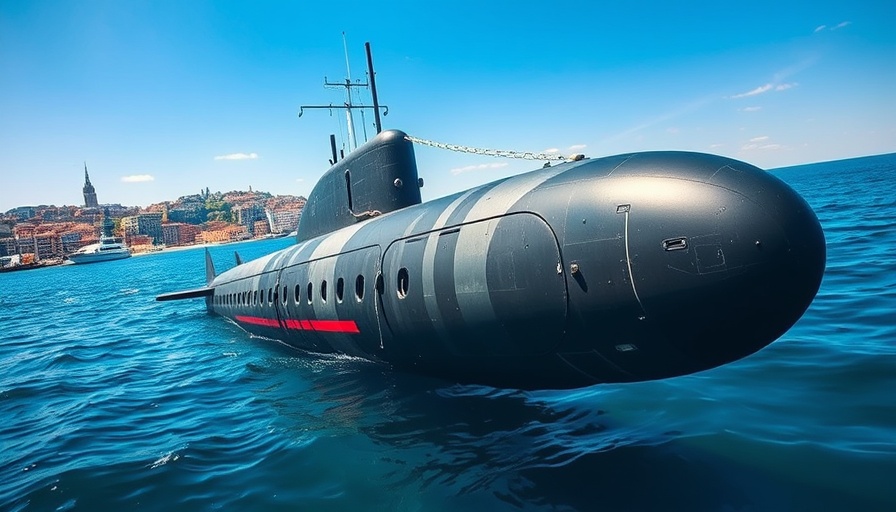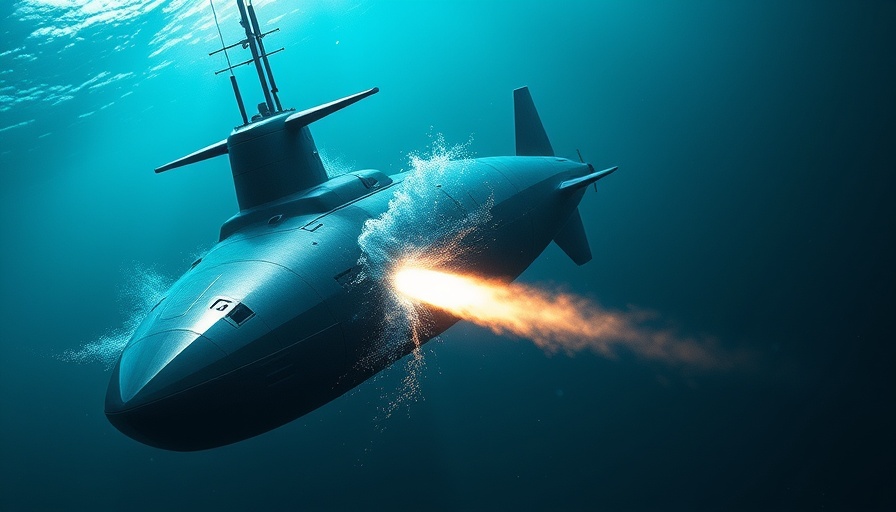
The Scorpène Evolved Submarine Contract: What It Means for Indonesia
Indonesia has taken a significant step in bolstering its naval capabilities with the recent entry into force of the Scorpène Evolved submarines contract. This deal, part of a larger strategy to enhance maritime security in the region, reflects Indonesia’s commitment to modernizing its defense forces amidst evolving geopolitical challenges. The Scorpène-class submarines, known for their advanced technology and stealth capabilities, are set to play a pivotal role in Indonesia's naval expansion, marking a substantial investment in national security.
Understanding the Strategic Importance of Submarine Warfare
Submarine warfare has long been regarded as a critical component of modern military strategy. The introduction of the Scorpène-class submarines into the Indonesian fleet not only enhances underwater strike capabilities but also reinforces the country's deterrence posture against potential maritime threats. These submarines, equipped with state-of-the-art sonar and weapon systems, enable Indonesia to operate effectively in the crowded waters of Southeast Asia, which plays a crucial role in trade and geopolitical power dynamics.
Challenges Ahead: Navigating Regional Tensions
While the acquisition of advanced submarines presents many opportunities for Indonesia, it also comes with challenges, particularly in terms of regional tensions. The South China Sea disputes and relations with neighboring countries will shape how Indonesia leverages its new capabilities. The balance of power in the region remains delicate, and increased military prowess could prompt reactions from other nations, particularly China and Australia, who have significant interests in maintaining the status quo.
Future Predictions: Strengthening Naval Partnerships
As Indonesia moves forward with its submarine program, there is a strong likelihood of heightened military cooperation with other regional powers. Collaborative exercises and information-sharing agreements with countries like the United States, Australia, and Japan could enhance Indonesia's operational effectiveness and contribute to broader regional stability. Engaging in trilateral or multilateral defense initiatives could pave the way for strategic alliances that deter aggression and promote maritime security.
The Role of Domestic Shipbuilding in Economic Growth
Investing in Scorpène Evolved submarines isn't just a defense maneuver; it's also a catalyst for economic growth. The construction and maintenance of these submarines create jobs and encourage advances in local shipbuilding technology. By fostering a domestic defense industry, Indonesia can reduce dependency on foreign suppliers and stimulate the economy. Furthermore, localized production can serve as a model for sustainable development, aligning with newer, eco-conscious initiatives in defense contracting.
The Global Context: A Shift in Military Trends
The focus on submarine warfare reflects broader global military trends, where nations are increasingly investing in advanced maritime capabilities. According to military analysts, we are witnessing a resurgence of naval power strategies, particularly among countries facing maritime security challenges. As nations modernize their fleet, those like Indonesia that proactively embrace new technologies will likely maintain an edge in regional power dynamics. The Scorpène submarines are emblematic of this shift towards enhanced naval prowess.
Conclusion: Embracing a New Era of Security
The entry into force of the Scorpène Evolved submarines contract for Indonesia is more than just a procurement of military assets; it signifies a pivotal moment in the nation's strategic posture. By enhancing its maritime capabilities, Indonesia is poised to navigate the challenges of the 21st century effectively. For readers interested in global security trends and the dynamics of naval power, Indonesia's journey offers crucial insights into how nations can adapt to an ever-changing geopolitical landscape.
As the geopolitical climate continues to evolve, staying informed about military advancements and their implications is essential. Indonesia's steps forward with the Scorpène submarines could serve as a roadmap for other nations looking to enhance their naval defenses.
 Add Row
Add Row  Add
Add 




Write A Comment